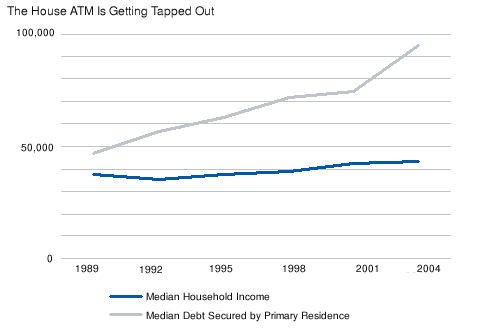San Francisco, CA, USA April 14, 2008
The subprime mortgage crisis will continue well into 2008 and 2009. Loan originations will plummet in 2008, declining between 20% and 40%, resulting in loan origination volumes between $1.9 trillion and $1.4 trillion. Loan originations in all sectors will continute to be anemic in 2009; subprime originations will not break US$200 billion again until 2011.
The speed, severity, and magnitude of the turmoil that has swept through the financial markets in the past nine months has taken many market participants by surprise. What started as a US subprime mortgage crisis has turned into a global credit crunch.
In a new report, , Celent looks at the evolution of subprime in the origination market, starting in 1996 through June 30, 2007, when the door on subprime lending swung shut with a deafening thud. By Celent’s estimates, subprime borrowers constitute between 25% and 33% of the total origination market in the US and remain a market that needs to be served. This report is an autopsy of what happened, as well as a prognosis of what’s ahead for subprime lending in 2008 and beyond. The report focuses on:
- Who the subprime borrowers are
- The autopsy of the subprime market 2005-2007
- The prognosis for subprime
- Government intervention
- The conclusions to be drawn
This year and beyond will see the increasing use of technology, analysis of larger amounts of data, and a return to more conservative lending standards. As with any crisis, there will initially be a rush to the exits; in this case, an abandonment of indirect (non-retail) loan originators. Wholesale, correspondent and third party mortgage brokers will also see a sizable decline in their business. In late 2009 or 2010, large lenders will re-evaluate their retreat from the indirect channels and, with some lessons learned, begin to grow subprime lending again, with lenders being more cautious not to repeat the mistakes of the Great Lending Fiasco.
"Lenders, both in prime and subprime, face the combination of three key factors: the bigger driver in subprime was not new purchases, but refinancings," says Walter O’Haire, senior analyst with Celent’s banking group and author of the report. "The US consumer’s overall debt is reaching a breaking point; and the capacity to use the house as an ATM is greatly reduced when the overall housing market is declining."

Source: Federal Reserve Study, Celent
The 50-page report contains 19 figures and 11 tables. A table of contents is available online.
Members of Celent's Retail Banking and Wholesale Banking research services can download the report electronically by clicking on the icon to the left. Non-members should contact info@celent.com for more information.




